The truth about guitar leads
Take your tone to the next level with this knowledge bomb
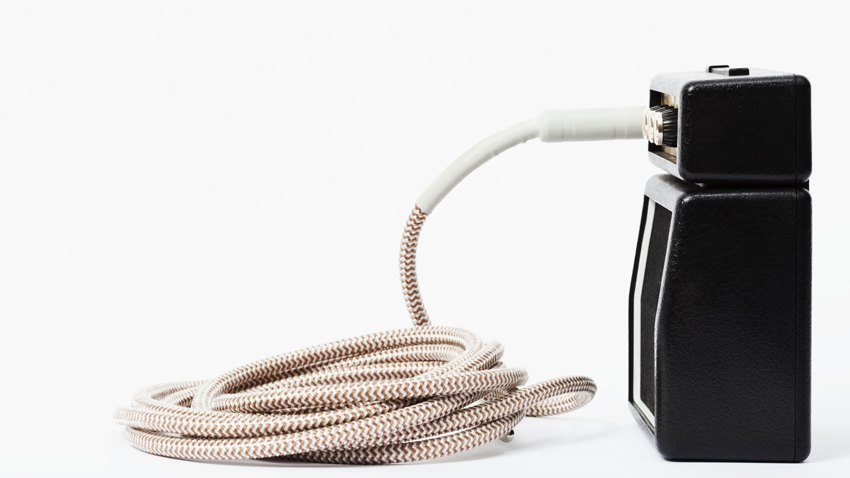
Everything you need to know about guitar leads
Cables are the unsung heroes of your guitar rig: without them your electric guitar and amp would be useless – and if you pick the right one, it can take your tone to the next level
For many players, a guitar lead is a just workaday necessity. But choosing the right lead can make the difference between great tone and no tone.
So how much do you need to spend? Are those £100 hand-made cables really that much better than the three-quid ones in your local guitar shop? The answer isn’t as simple as you might think. Read on as we use the wire-strippers of truth to snip away the myths surrounding guitar leads...
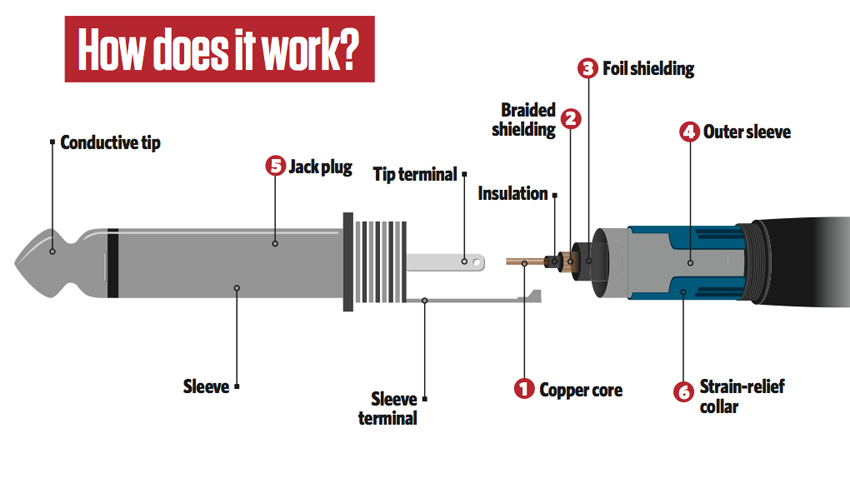
Anatomy of a lead
1 Coppercore: At the heart of nearly all guitar cables is a core of copper wire. Copper conducts electricity extremely well, which makes it a nice, easy pathway for the low-voltage (0.1-1V) signal from your pickups to travel along on its way to the amp. There are many styles of core, ranging from solid to braided types, but the bottom line is that copper is the king of non-precious metals when it comes to conducting electricity efficiently. The copper core is wrapped in a layer of insulation.
2 Braided shielding: The insulation itself is wrapped in a conductive sleeve, typically made of braided copper, which is connected to earth. This forms a shield that protects the core from electromagnetic interference from nearby power lines, appliances and so on, which can add unwanted hum to your sound.
3 Foil shielding: Sometimes leads have an extra layer of aluminium foil shielding on top of the braided shielding to really put the thumbscrews on hum.
4 Outersleeve: The final layer of the cable is a durable rubber or cloth sleeve that protects the cable from wear and tear.
5 Jackplug: To enable you to plug your cable into guitar and amp, each end is attached to a 6.35mm (quarter-inch) jack plug. The copper core inside your cable is soldered to a terminal inside the jack plug, which connects to the jack’s tip, allowing the signal from your guitar to pass from the cable to the amp. This core should ideally be made of copper, but brass or even steel are used in many cheap jacks. The cable’s braided shielding is earthed by connecting to a separate sleeve terminal, which in turn is connected to the body of the jack plug.
6 Strain-relief collar: To prevent these delicate solder joints being stressed every time you yank on the cable, the body of the jack plug is usually anchored to the tough outer sleeve of the cable with a tight-fitting collar that takes the brunt of the shocks.
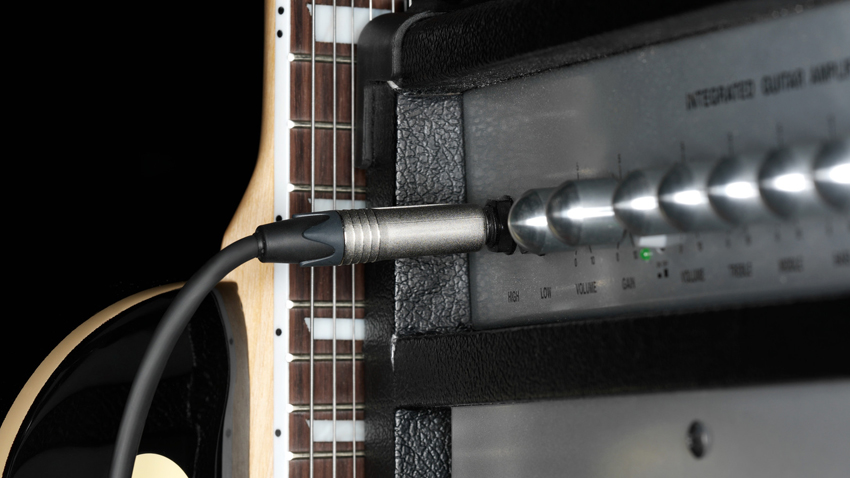
Will my guitar sound better through an expensive lead?
Will my guitar sound better through an expensive lead?
Manufacturers of high-end cables make all sorts of claims that their cables sound ‘better’, but the short answer to this question is that it might sound different. Assuming the cable is made to a decent basic standard, the main tone- changing factor thereafter is an electrical phenomenon called capacitance. The higher the capacitance of your cable, the more treble is lost from your sound. Other frequencies are affected, too, but treble is the most noticeable.
So, if you use a high-capacitance guitar lead more than 20ft in length – especially with single-coil pickups – it will have a noticeable effect on your sound. Losing high-end from long-cable runs might not always be a bad thing, however. If your Tele’s ice-pick-sharp bridge pickup is way too bright, you might consider taking its edge off with a long cable with a capacitance figure of more than 140 picofarads (pf) per metre.
But if you want to perk up that muddy humbucker sound, a short cable with a capacitance figure of less than 100pf/metre could open up a touch more high-end. It’s also worth mentioning that you’re much more likely to hear the differences when playing loud through a quality amplifier.
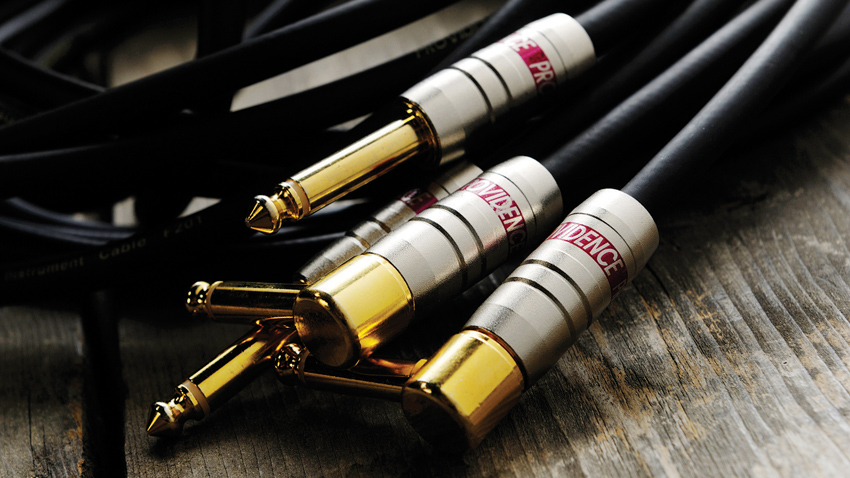
What's the most important thing to look for in a guitar lead?
What’s the most important thing to look for in a guitar lead?
In a word, reliability. Sound issues aside, premium-quality guitar leads are less likely than cheap ones to fail after sustained use. This is because they tend to have a more substantial outer sleeve, sturdier jack plugs, and are carefully designed to support the solder joints that connect the cable to the jack plugs at either end of the lead.
This helps to stop your signal from cutting out the first time you accidentally trip over the cable or yank it hard. And if you think about it, that’s the most important job a cable has to perform. You can always roll off a little treble on your guitar or amp if your sound is too bright, but you can’t dial away the cracks, pops and hum that a dodgy lead can cause.

Do gold-plated jack plugs give better tone?
Do gold-plated jack plugs give you better tone?
The short answer is no. Most jack plugs are plated in either nickel or gold. Nickel and gold platings are both excellent conductors of electricity but their main job is to protect the surface of the jack plug shaft from corrosion, which can reduce the signal transmission between cable and amp and degrade your tone.
Gold is a little better at stopping corrosion, but nickel is a harder, more durable coating that will stand up well to a lifetime of plugging in. In well-maintained leads there’s little or no audible difference between them, though.
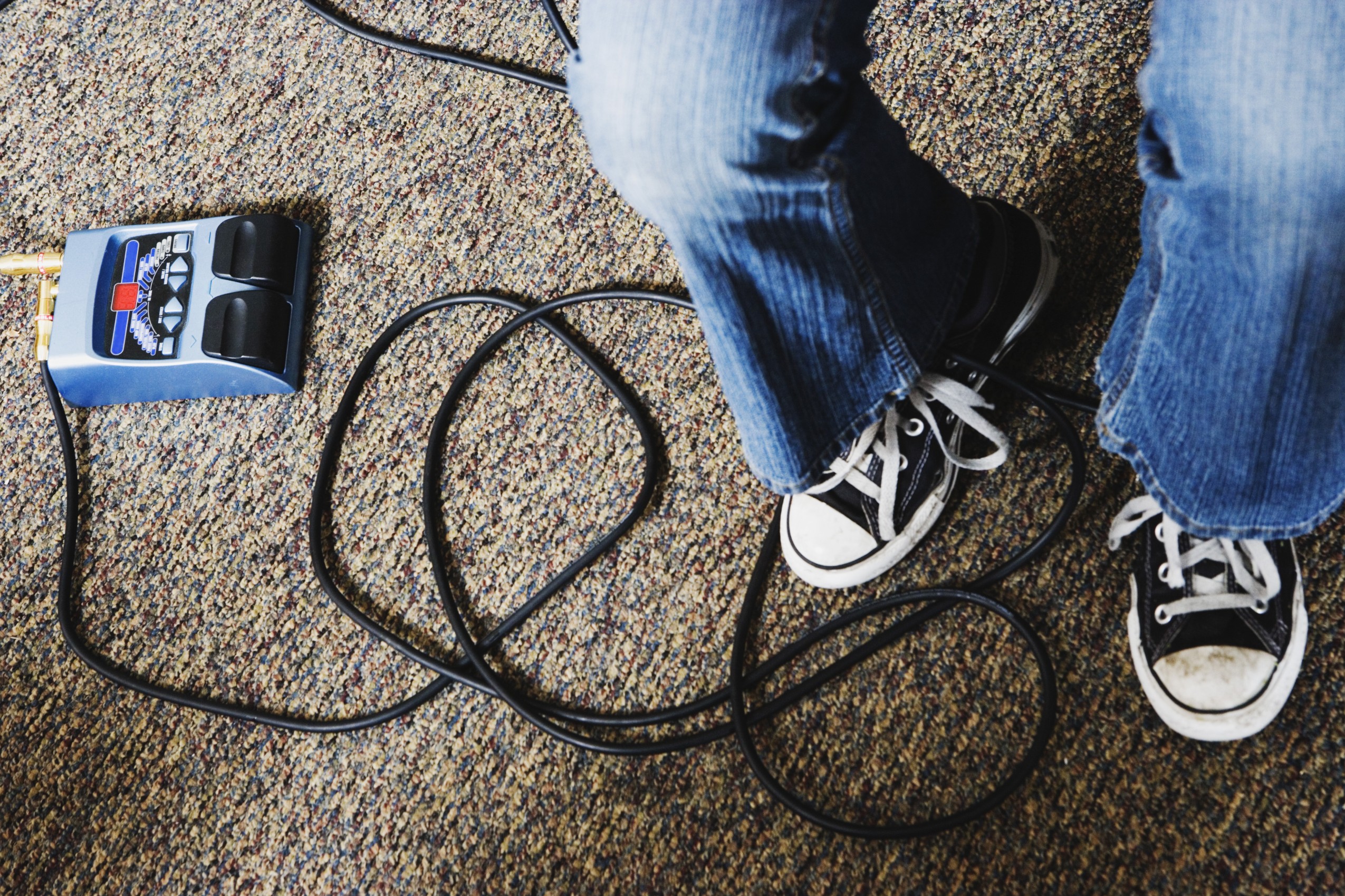
Angled or straight jack plugs?
Angled or straight jack plugs?
It depends on what type of guitar you play. Generally speaking, you should run a straight jack into your amp’s input. Angled jacks can be useful, though, when using guitars where the input is mounted flat on the top of the guitar – such as a Gibson Melody Maker.
A straight jack protruding from a top-mounted input can be easily knocked, which can crack your scratchplate if the blow is hard enough. An angled jack should be much less vulnerable. However, angled jacks usually won’t fit traditional Tele inputs, which are recessed into the body.
You may also want to use a slender, straight jack when plugging into Strats and similar guitars with deep-set, angled inputs.
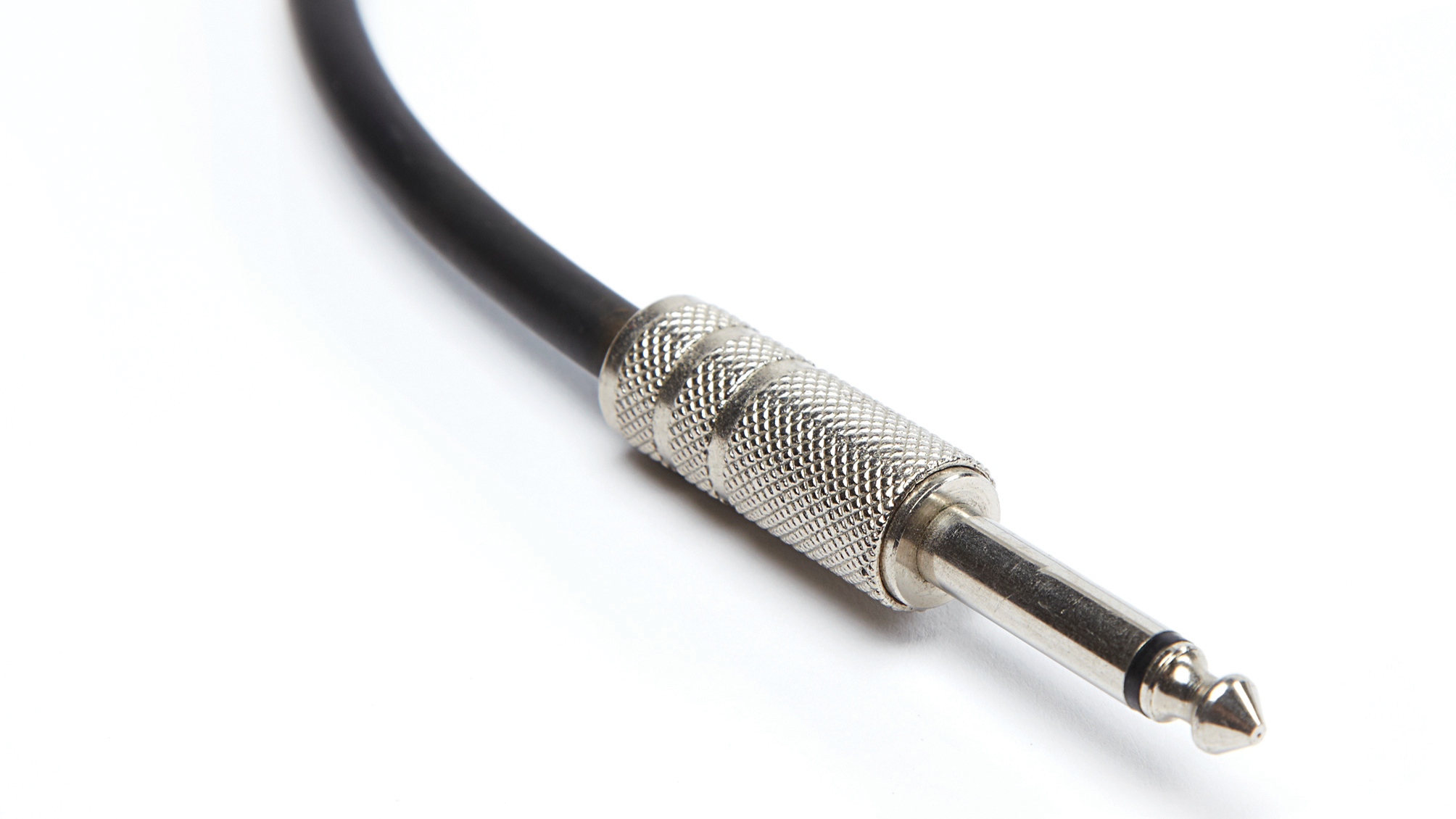
Can I link my amp head and cab with a guitar lead?
Can I use my guitar lead to link my amp head and cab together?
This is a big no! You’ll melt the core of the cable, risking serious damage to your amp in the process. They may look similar, but speaker cables and guitar leads are designed to do different jobs.
Amps put out a much higher electrical current than your guitar’s pickups do: speaker cables are designed to handle that flow, guitar leads are not. Don’t do it!
Total Guitar is Europe's best-selling guitar magazine.
Every month we feature interviews with the biggest names and hottest new acts in guitar land, plus Guest Lessons from the stars.
Finally, our Rocked & Rated section is the place to go for reviews, round-ups and help setting up your guitars and gear.
Subscribe: http://bit.ly/totalguitar


